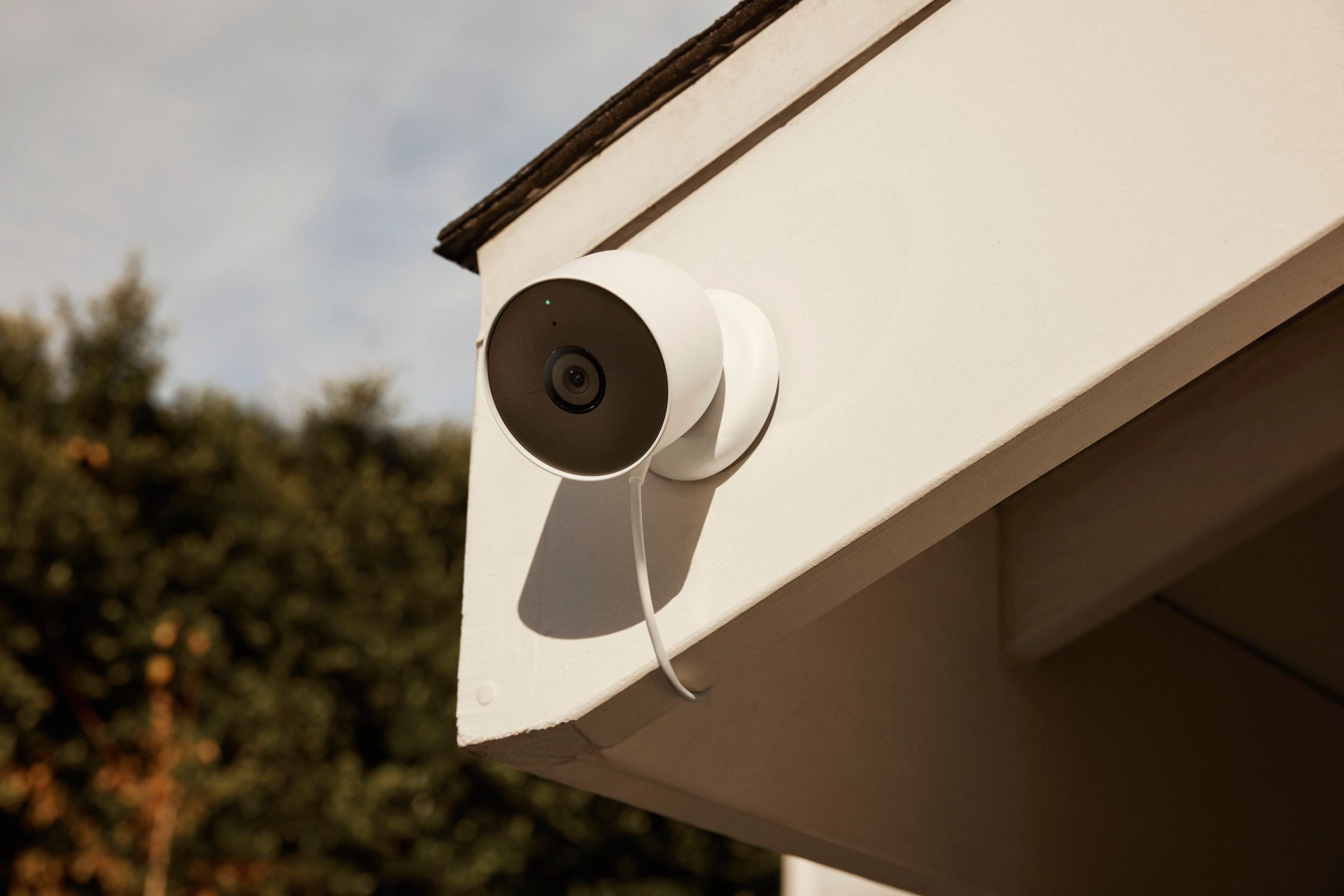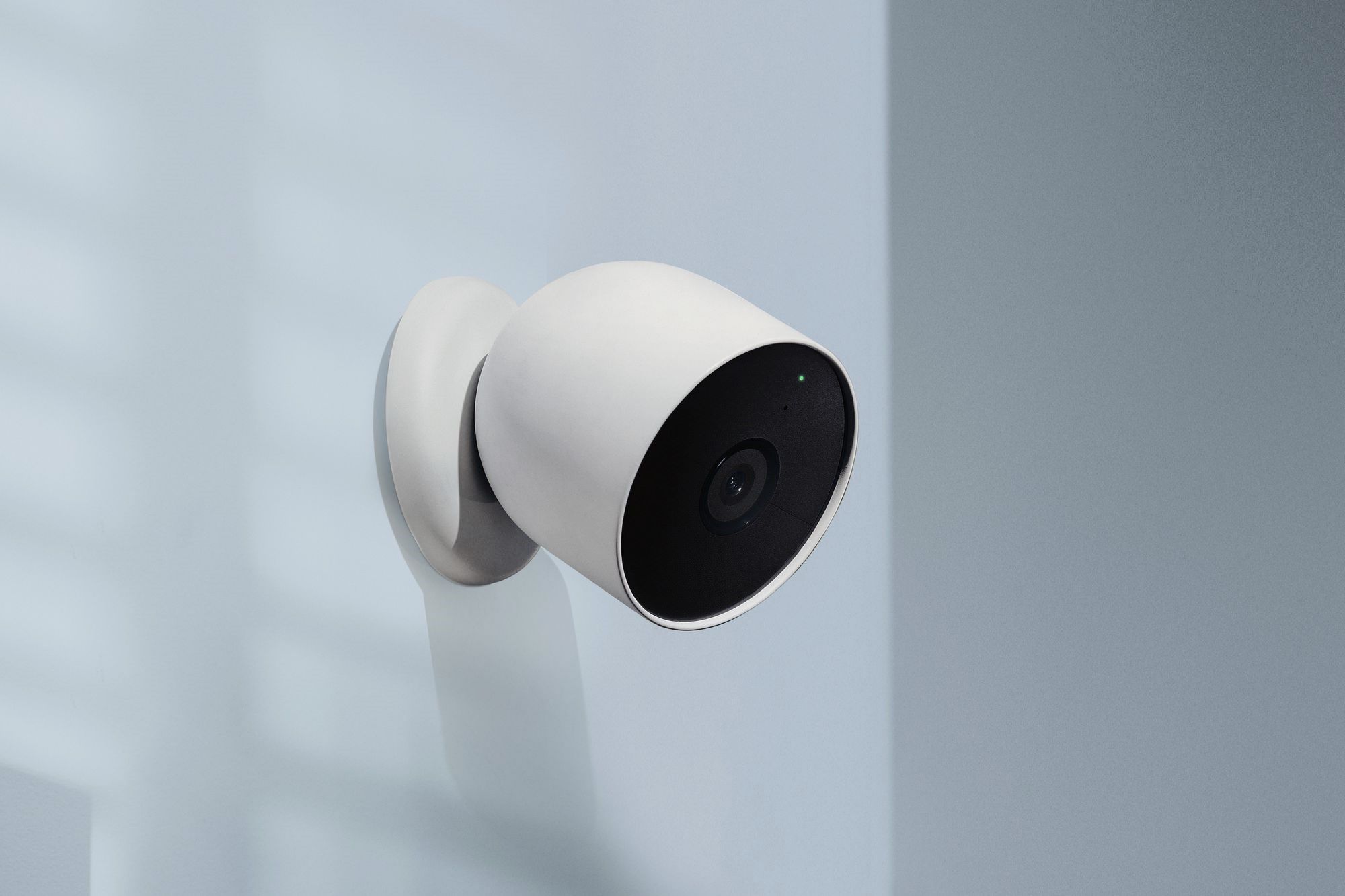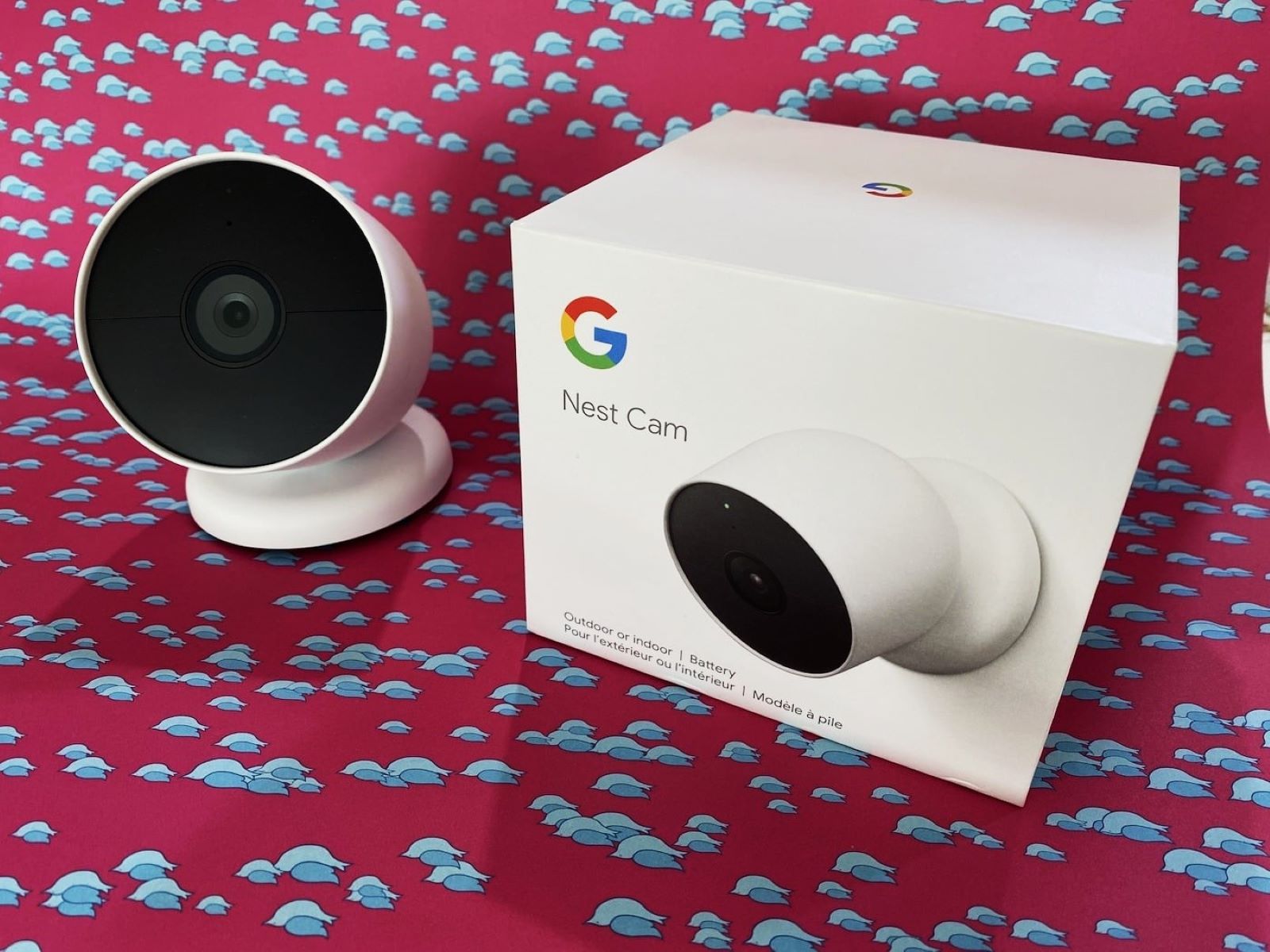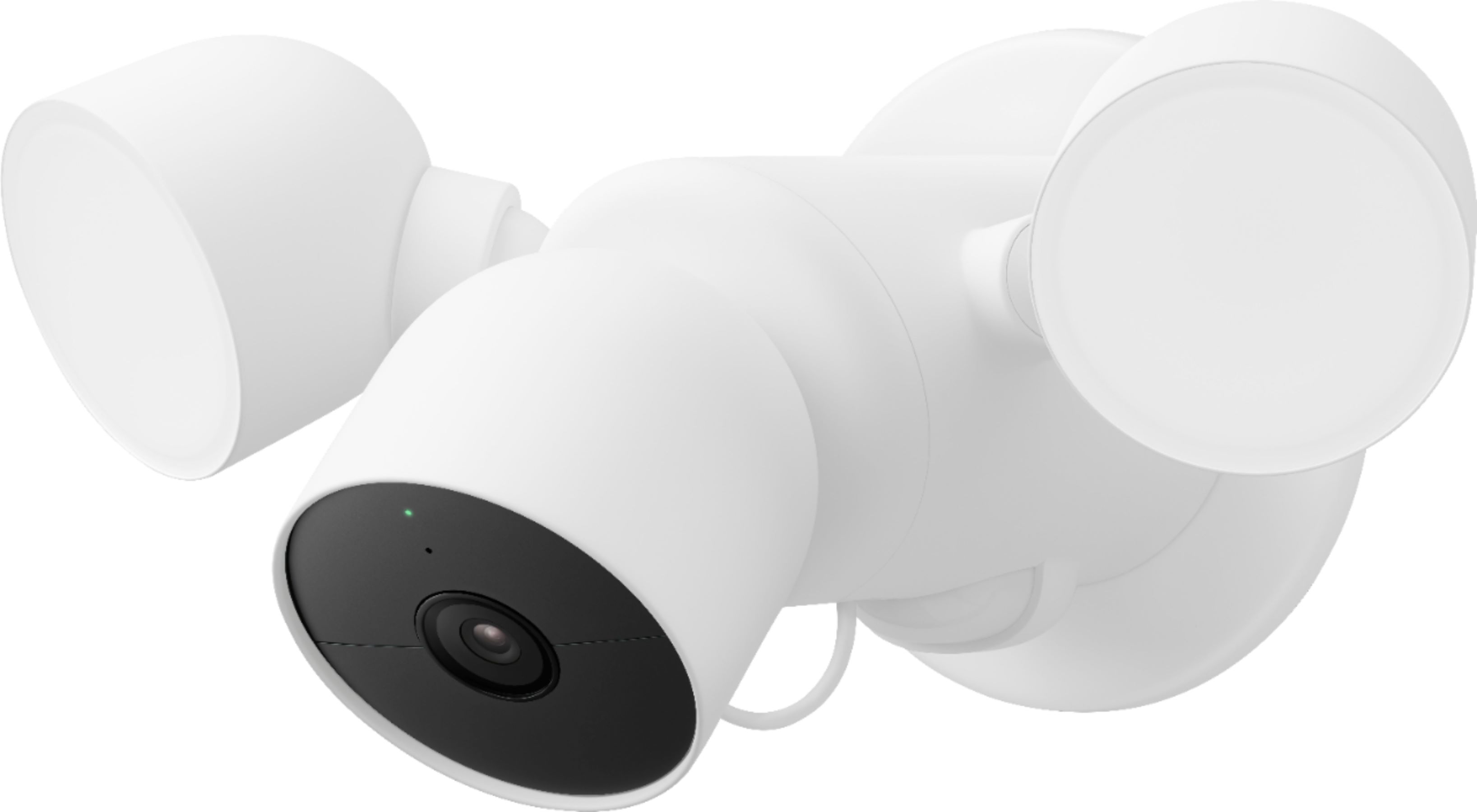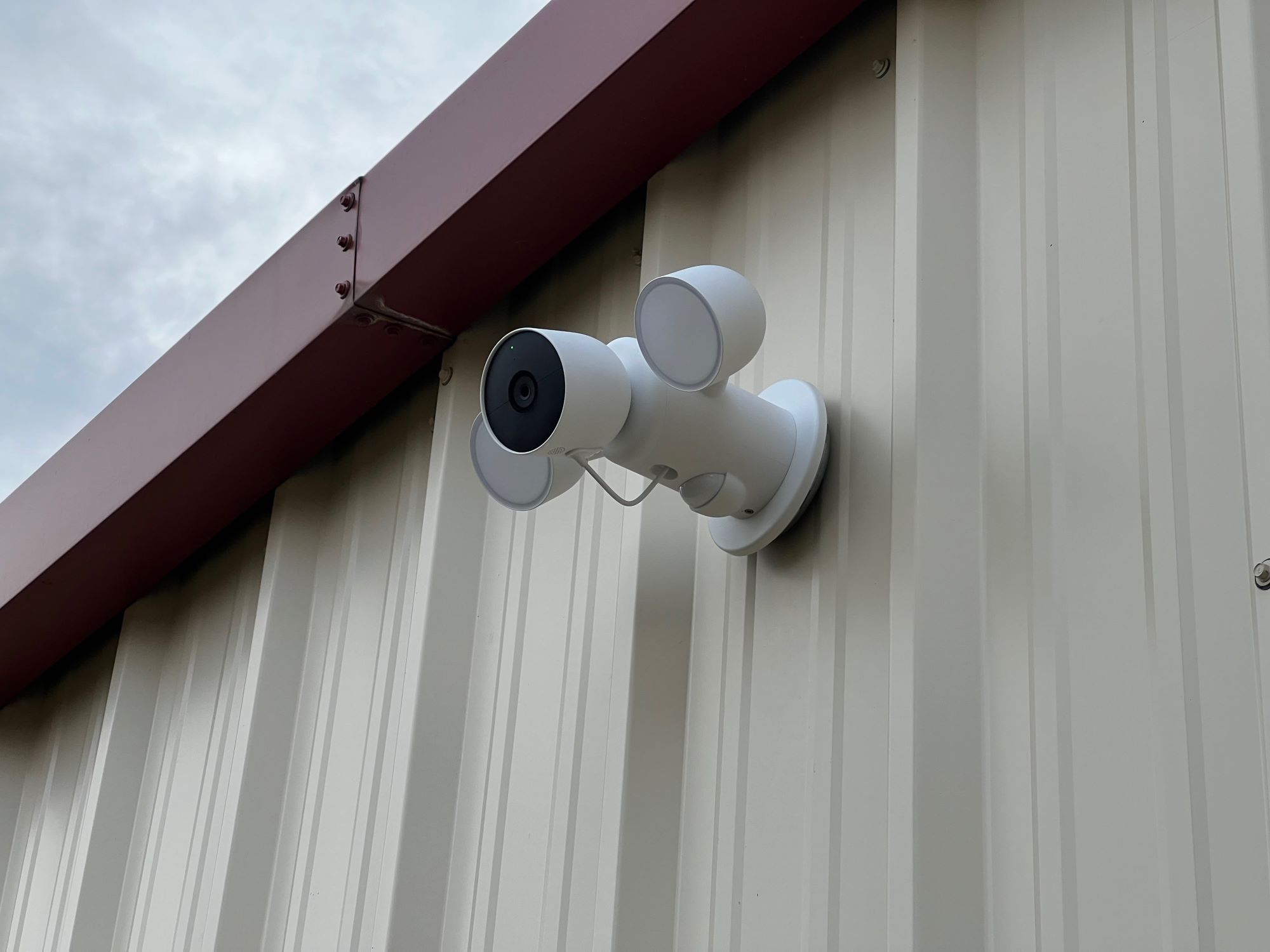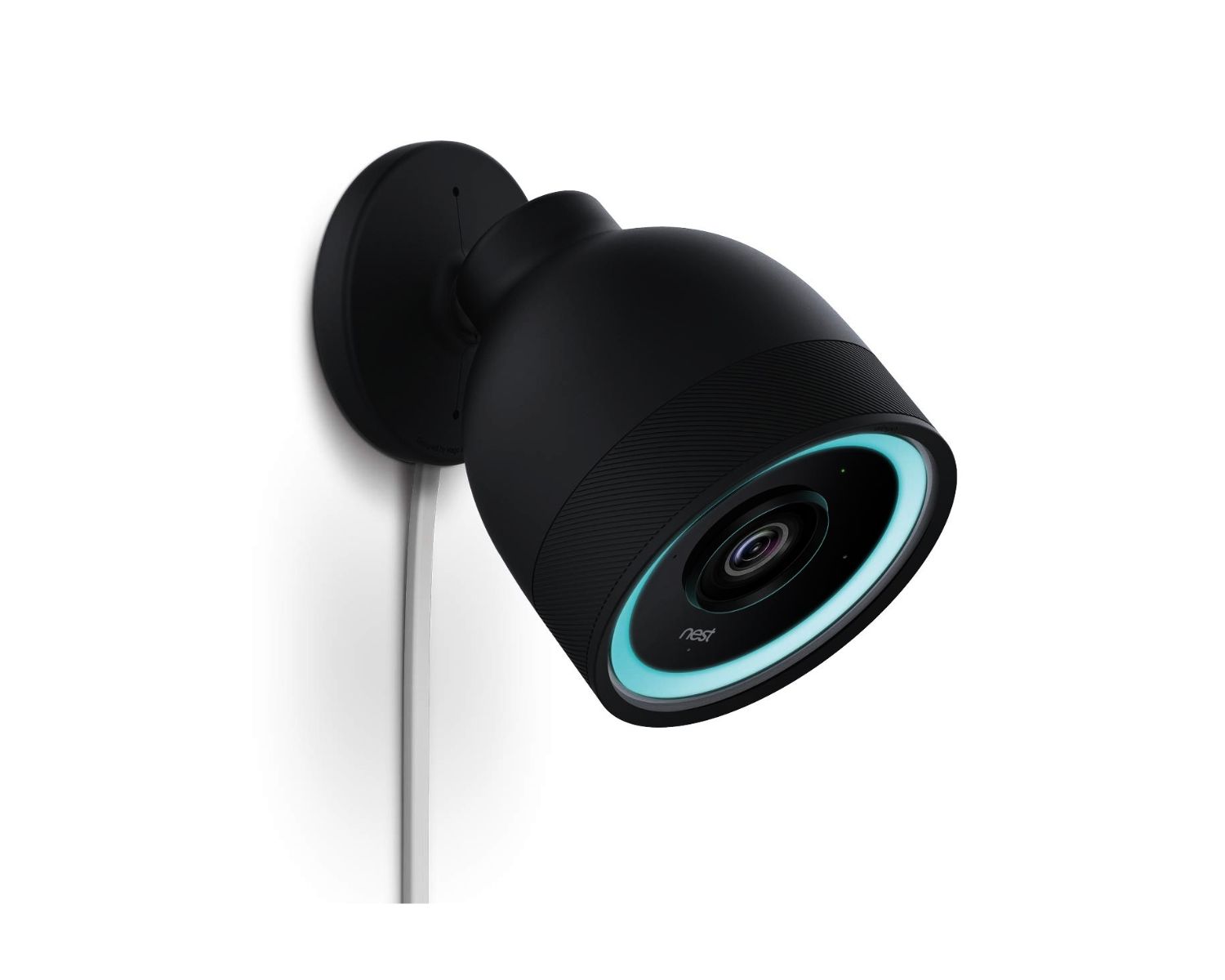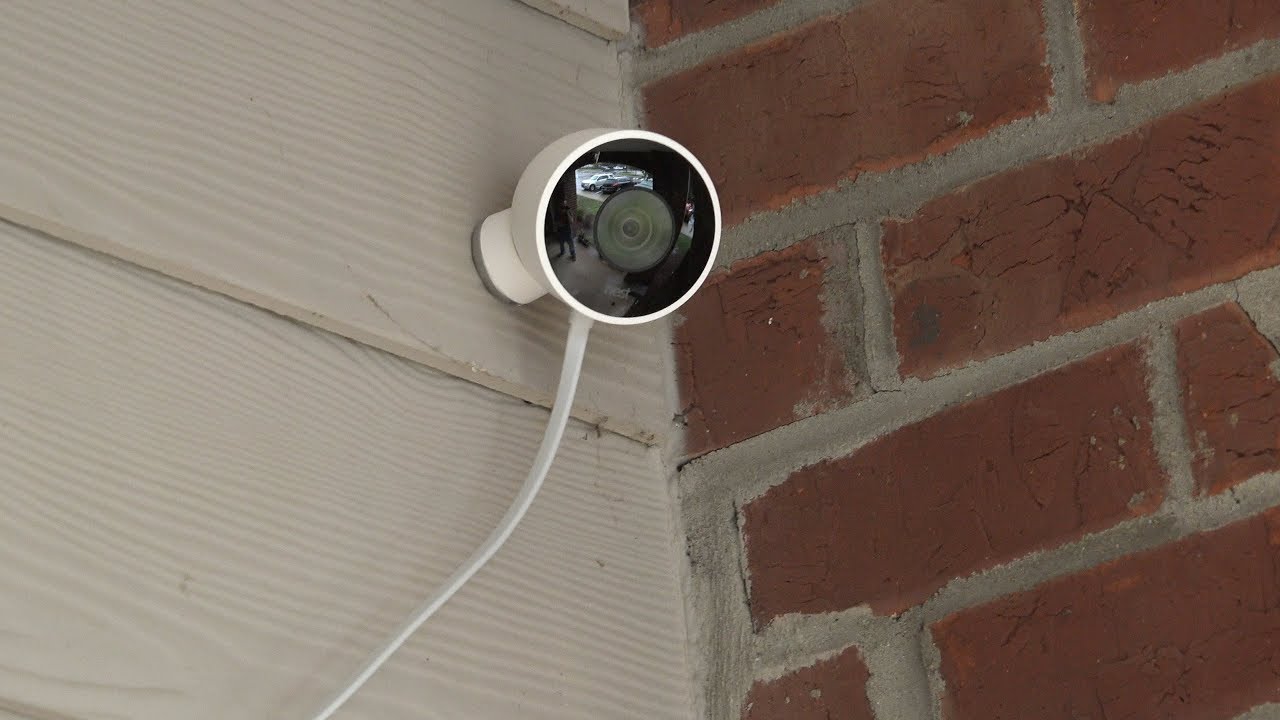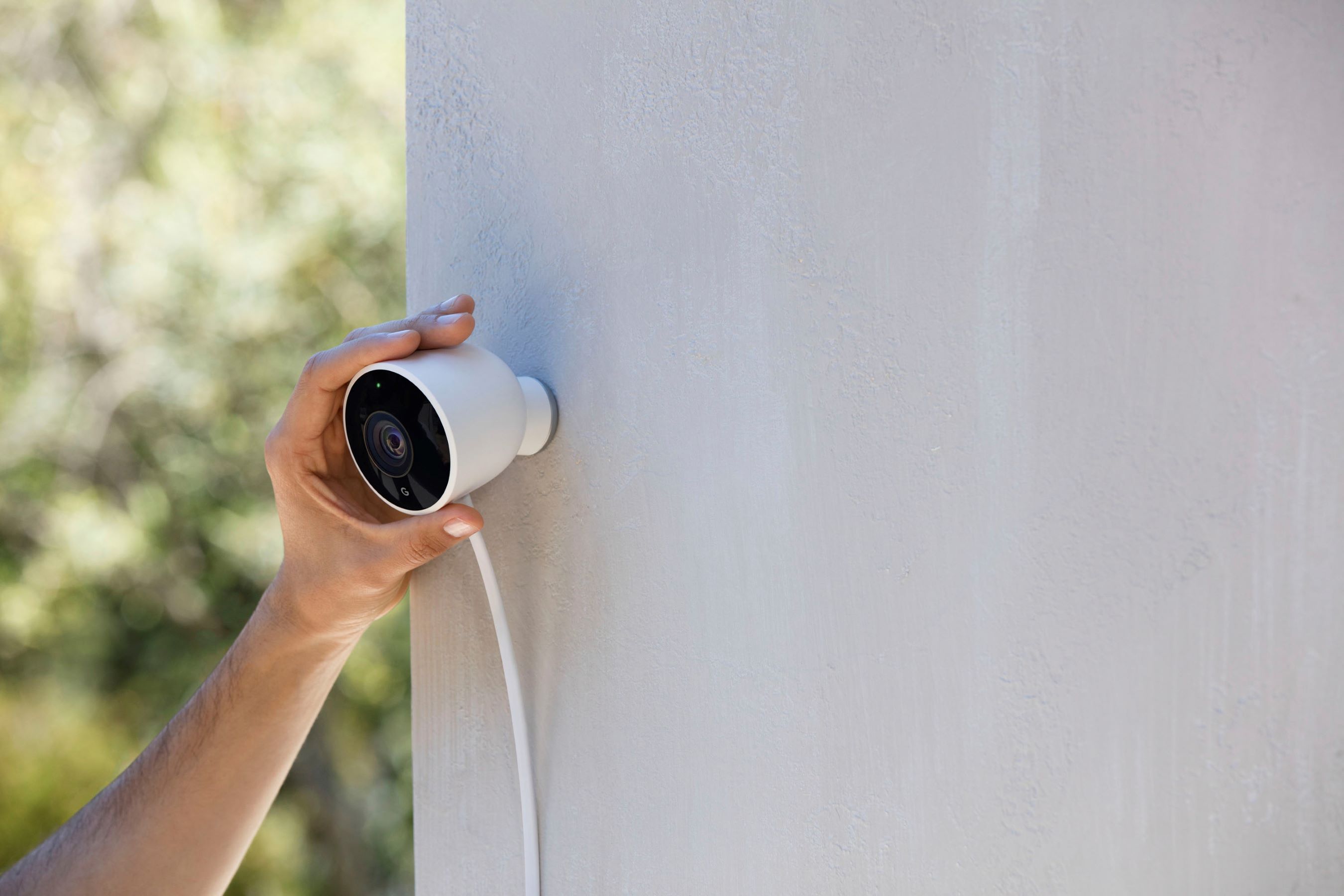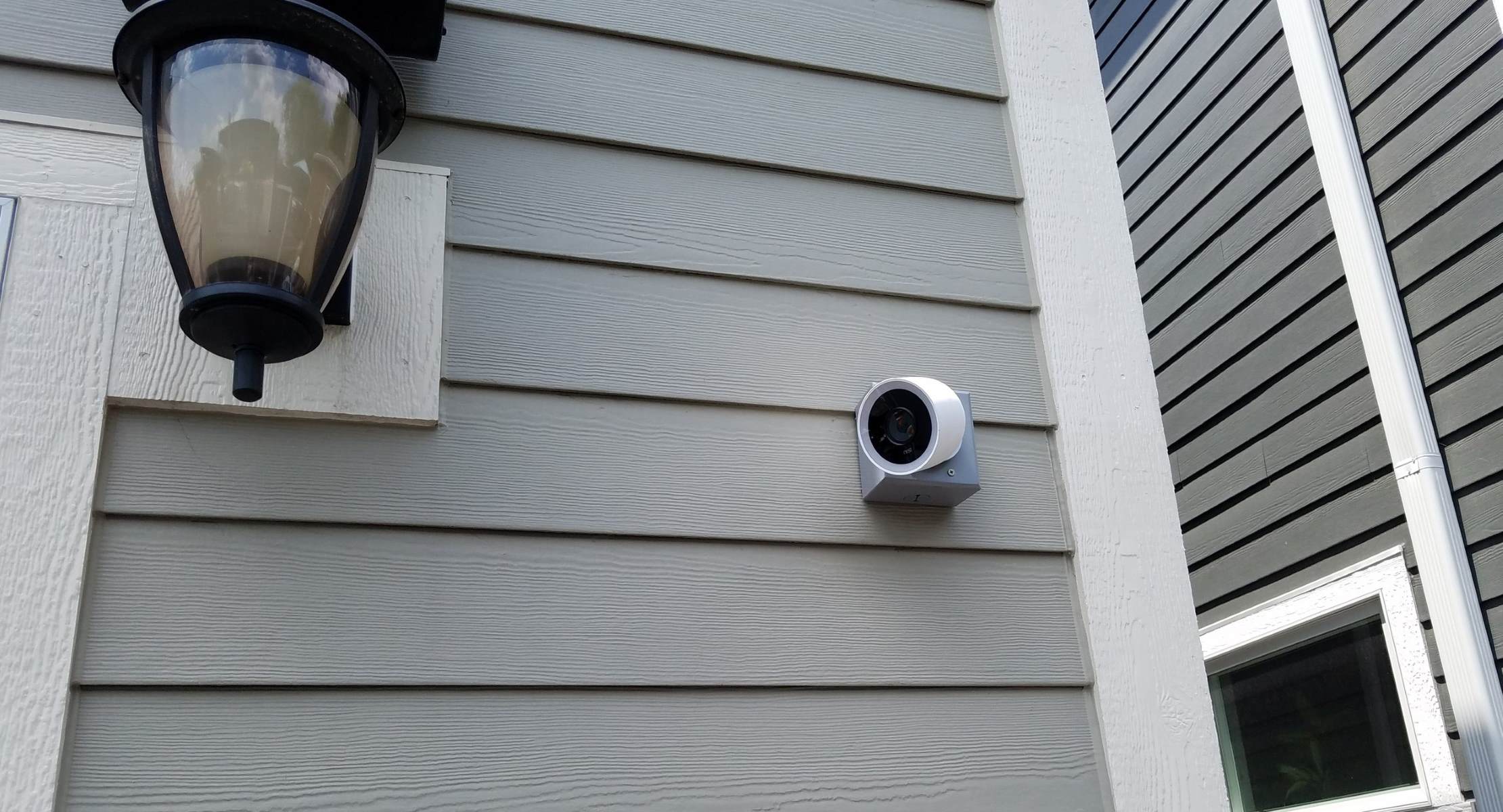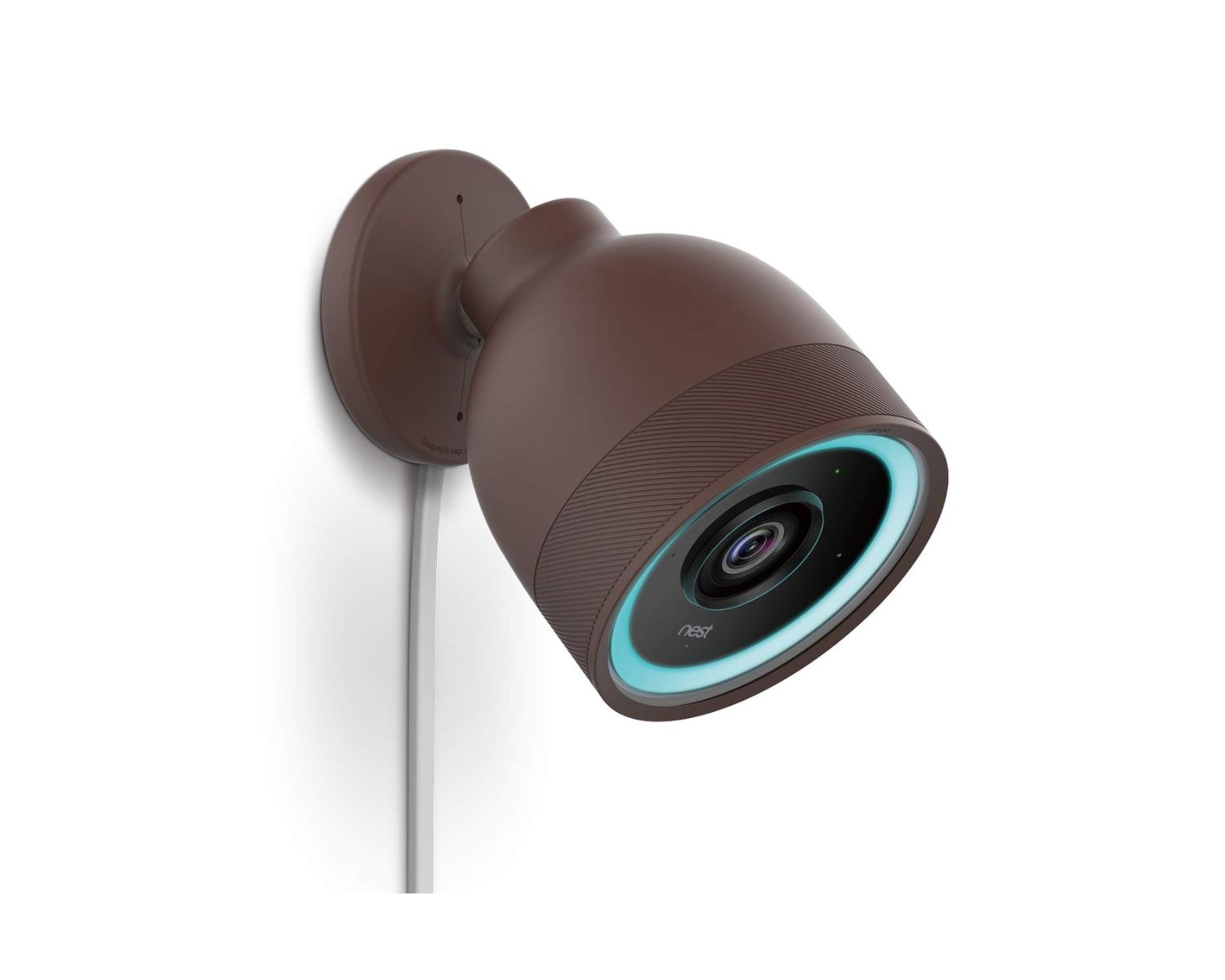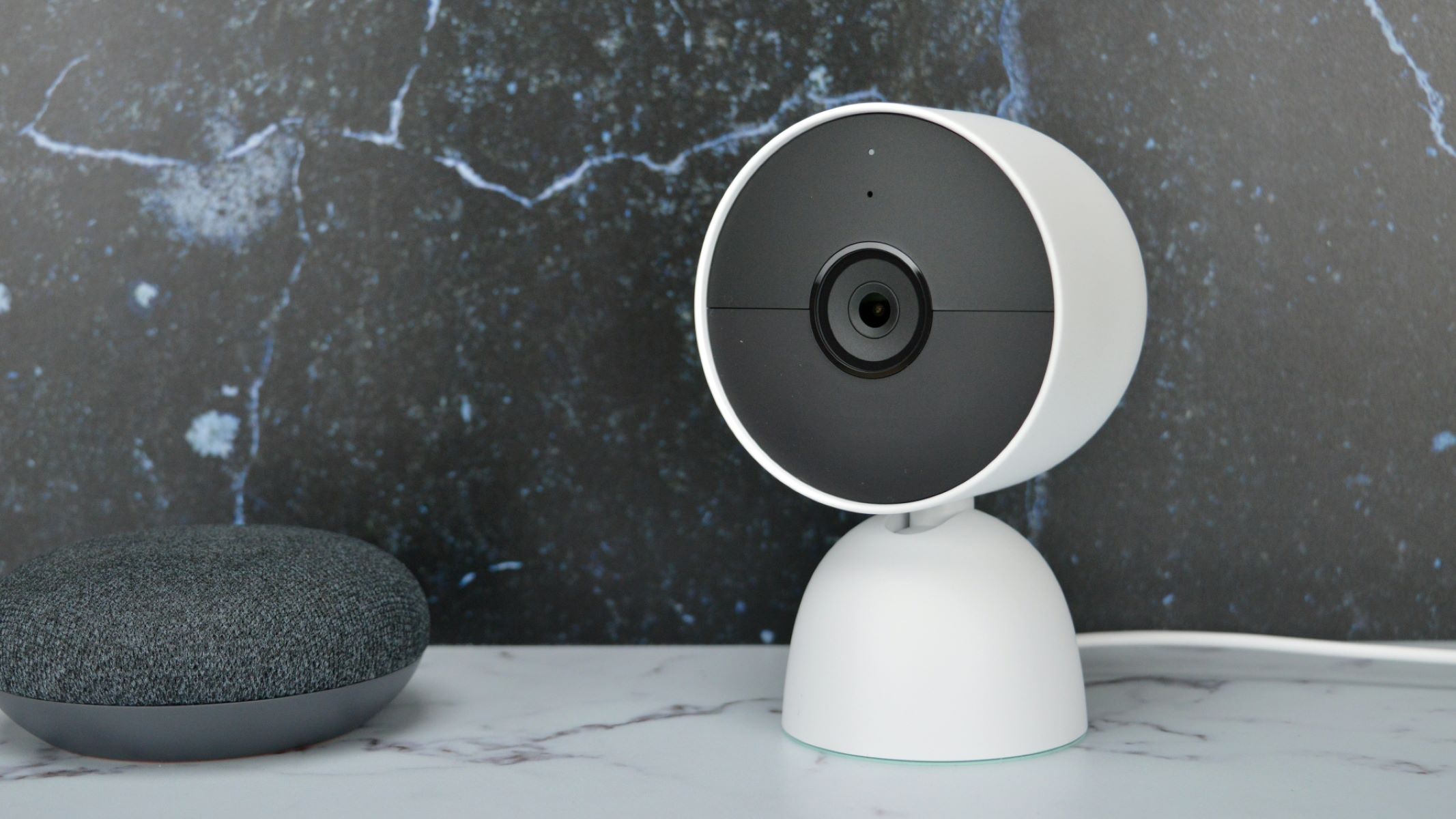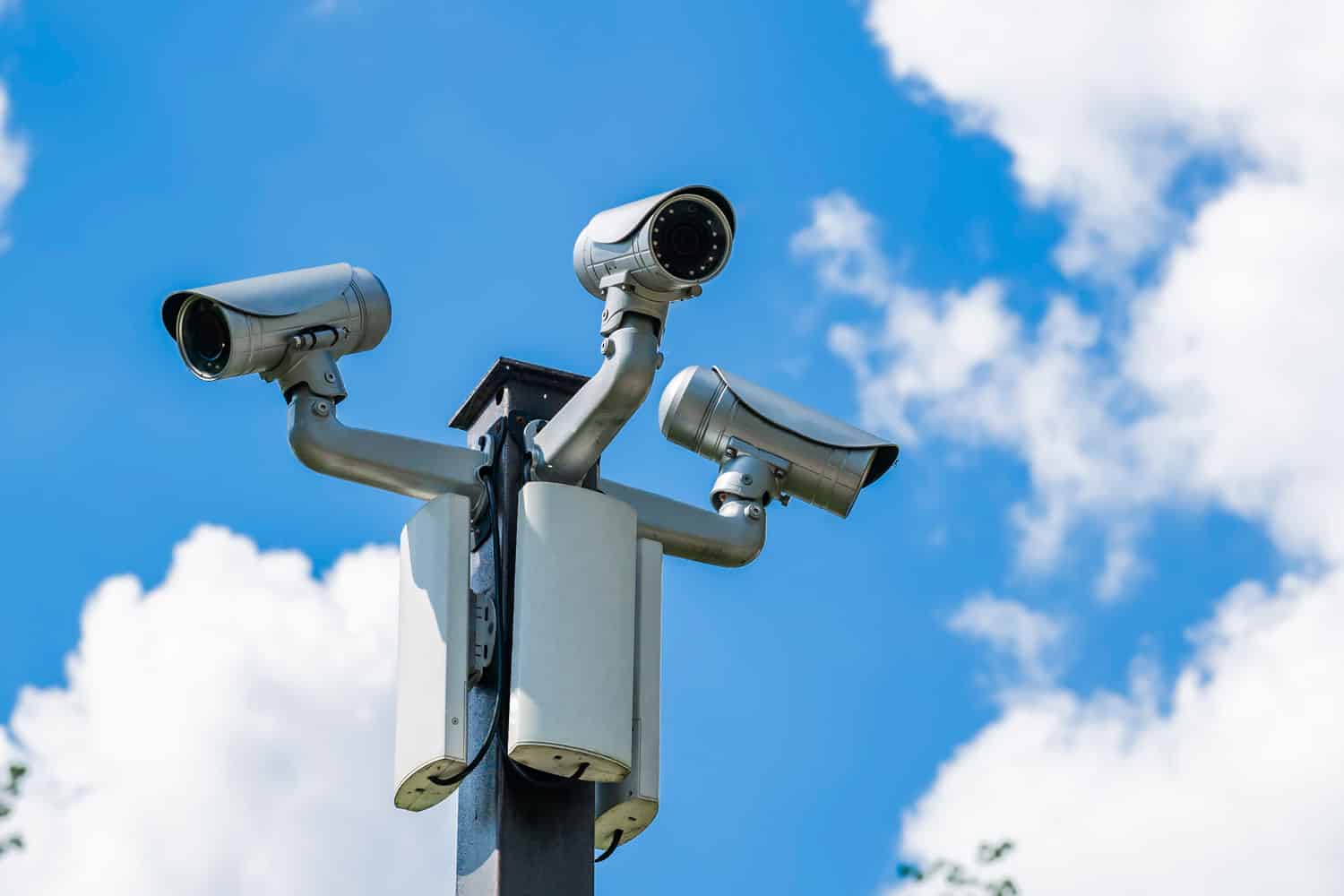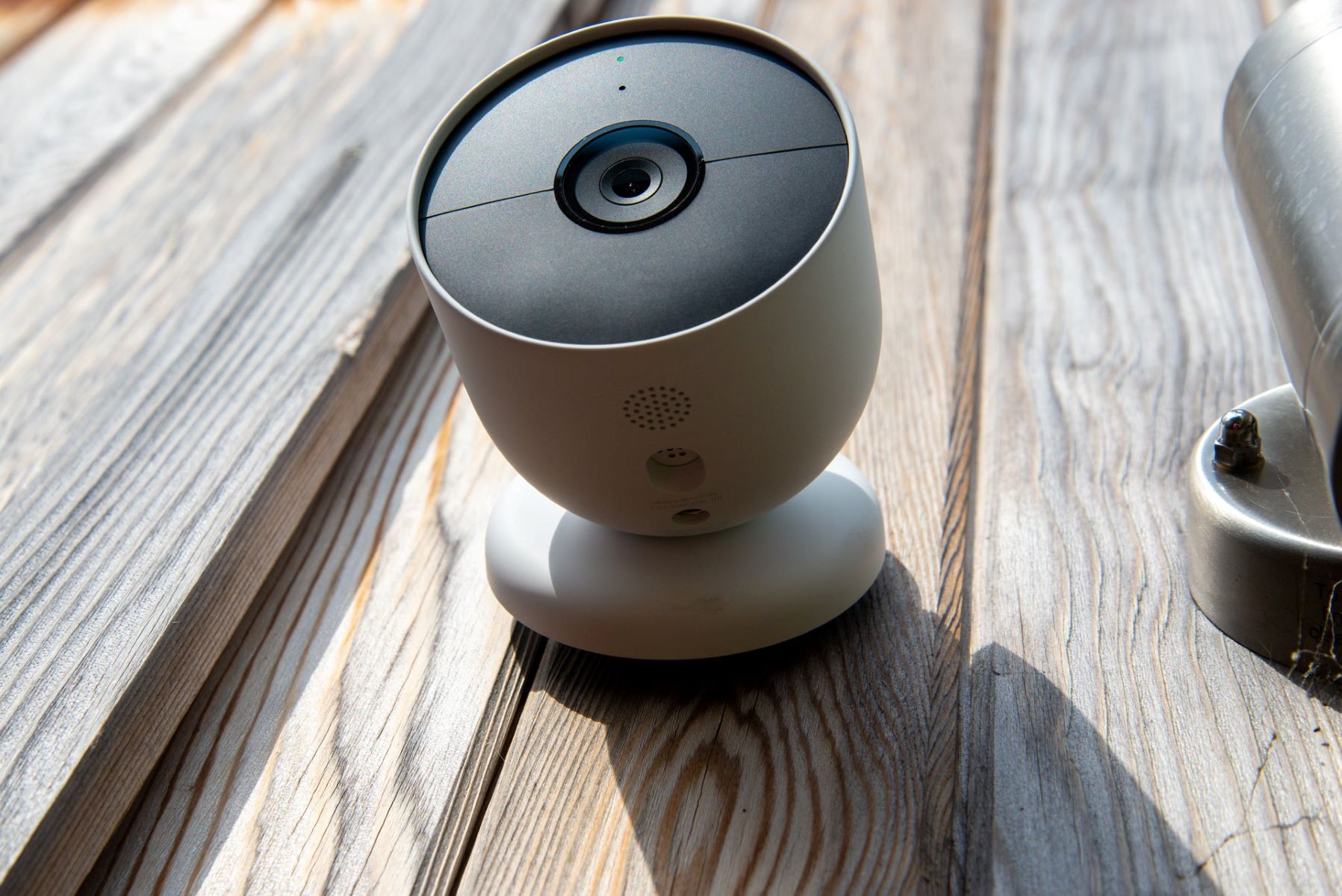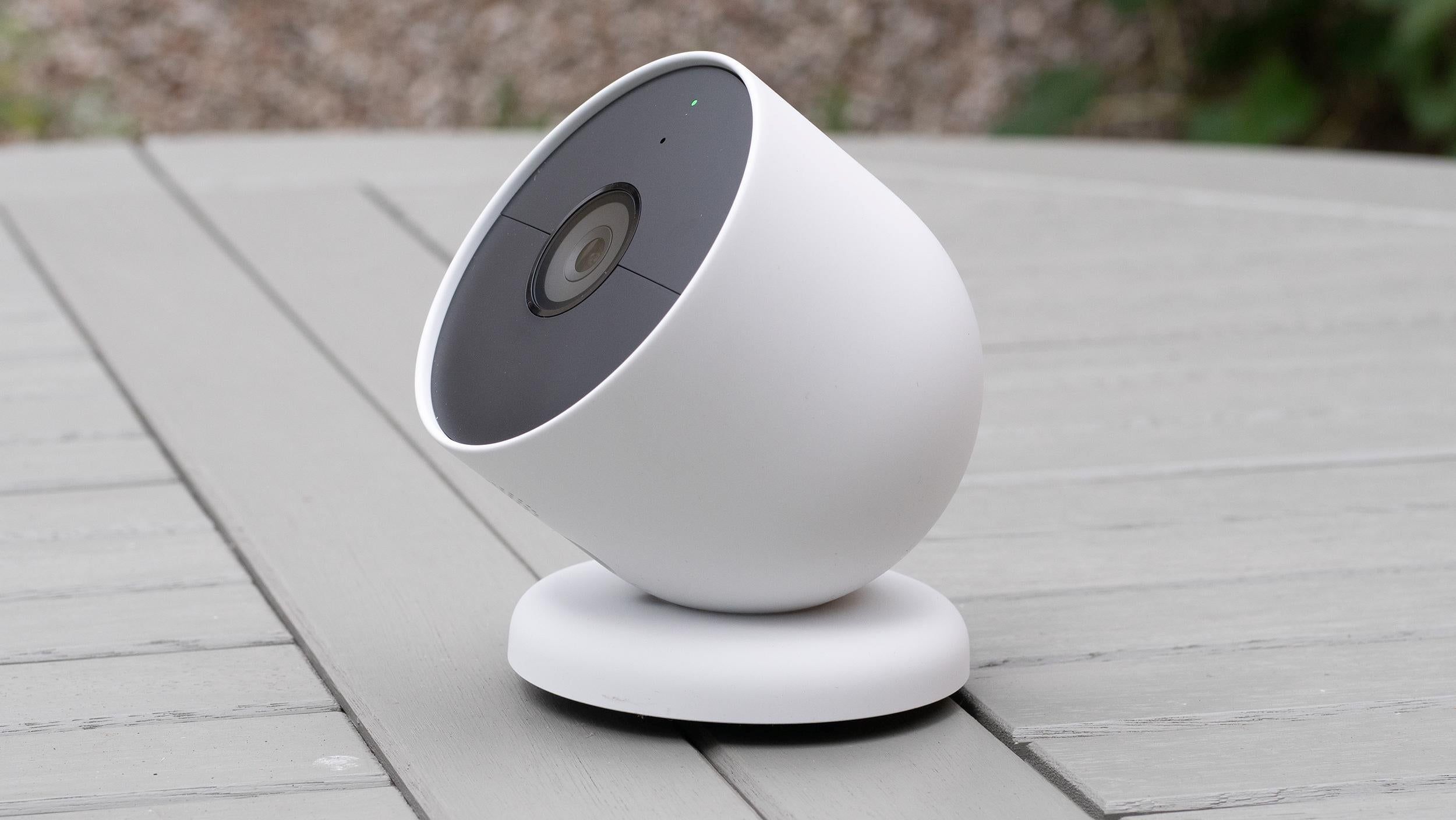Home>Home Security and Surveillance>How Many Nest Outdoor Cameras Can I Have
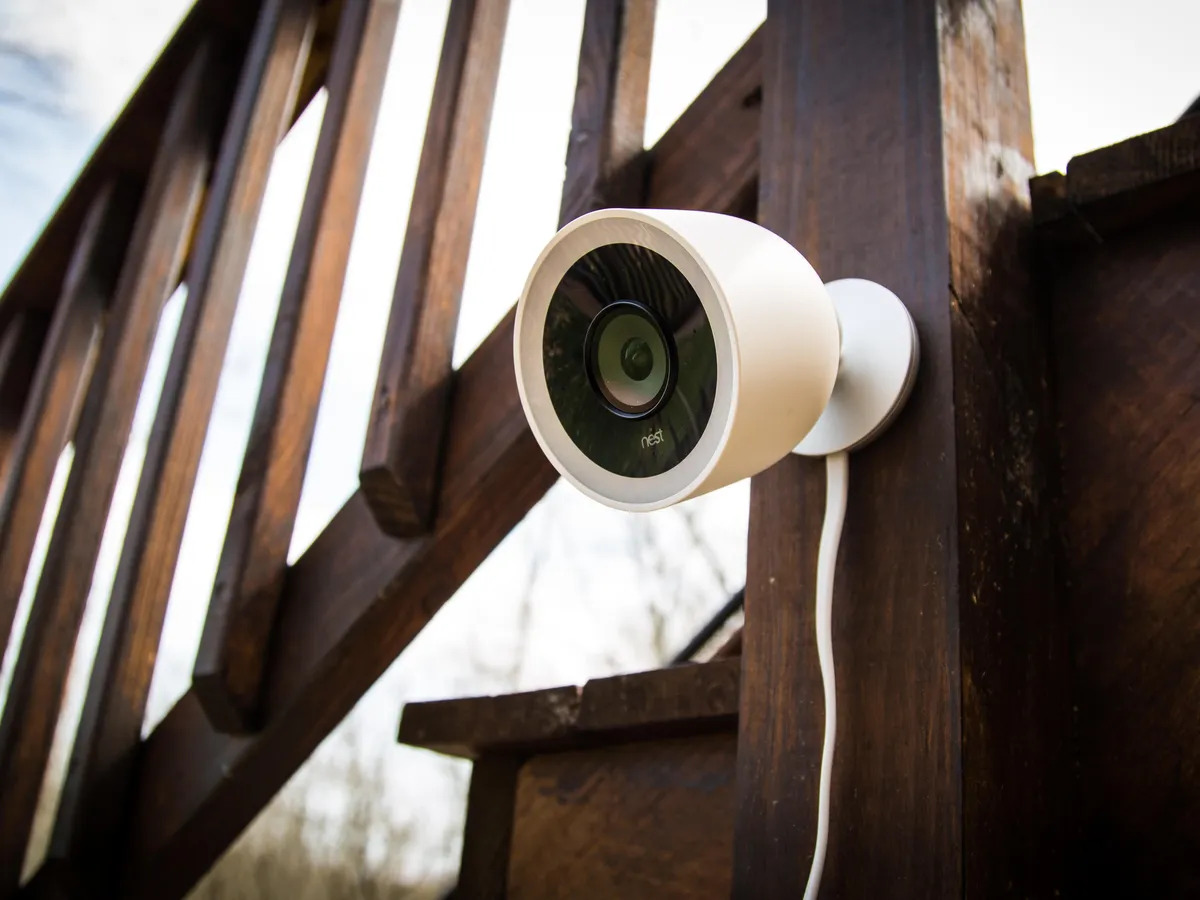

Home Security and Surveillance
How Many Nest Outdoor Cameras Can I Have
Modified: March 6, 2024
Find out how many Nest Outdoor cameras you can have to enhance your home security and surveillance. Explore the options available to safeguard your property.
(Many of the links in this article redirect to a specific reviewed product. Your purchase of these products through affiliate links helps to generate commission for Storables.com, at no extra cost. Learn more)
Introduction
Welcome to the world of home security and surveillance! As technology continues to advance, homeowners are now able to monitor their properties with ease and convenience. One popular option in the market is the Nest Outdoor Camera. With its sleek design and advanced features, the Nest Outdoor Camera is an excellent choice for enhancing the security of your home.
In this article, we will explore the topic of how many Nest Outdoor Cameras you can have in your home. We will take a closer look at the various factors that determine the maximum number of cameras you can install, including considerations such as your Wi-Fi network capacity, Nest Aware subscription, power supply requirements, and more.
By understanding these factors, you will be able to make an informed decision about how many Nest Outdoor Cameras are suitable for your specific needs, enabling you to create a comprehensive home security system that meets your requirements.
So, let’s dive in and explore the world of Nest Outdoor Cameras and the factors that affect the number of cameras you can have!
Key Takeaways:
- You can have multiple Nest Outdoor Cameras, but factors like Wi-Fi capacity, subscription plans, and power supply affect the number. Careful planning ensures an effective and reliable home security system.
- Optimizing multiple Nest Outdoor Cameras involves strategic positioning, strong Wi-Fi, customized settings, and regular maintenance. Prioritize privacy and security for comprehensive coverage and peace of mind.
Read more: How Far Away Can Nest Outdoor Camera See
Nest Outdoor Cameras: Overview
The Nest Outdoor Camera is a state-of-the-art security camera designed to be installed outside your home. It is equipped with advanced features that allow you to monitor and protect your property effectively. These cameras are weatherproof and can withstand various environmental conditions, making them ideal for outdoor use.
The Nest Outdoor Camera offers a range of impressive features, including high-definition video quality, night vision capabilities, and motion detection. Its 130-degree wide-angle lens provides a wide field of view, allowing you to capture clear and detailed footage of your surroundings. The camera also has two-way audio, enabling you to communicate with visitors or potential intruders remotely.
One of the key advantages of the Nest Outdoor Camera is its integration with the Nest ecosystem. It can be synchronized with other Nest devices, such as the Nest Hello video doorbell or the Nest Secure alarm system, creating a comprehensive home security solution. The camera can also be controlled and monitored through the Nest mobile app, giving you access to live video feeds and recorded footage from anywhere at any time.
With its user-friendly interface, easy installation process, and seamless integration with other Nest products, the Nest Outdoor Camera provides a convenient and reliable solution for safeguarding your home and ensuring the safety of your loved ones.
Now that we have a basic understanding of the Nest Outdoor Camera, let’s explore the factors that determine how many cameras you can have in your home.
Factors Affecting the Number of Nest Outdoor Cameras
While the Nest Outdoor Camera offers exceptional security features, there are several factors to consider when determining the number of cameras you can have in your home. Let’s take a closer look at these factors:
- Wi-Fi Network Capacity and Bandwidth: Each Nest Outdoor Camera requires a stable Wi-Fi connection to transmit live video feeds and recorded footage. The number of cameras you can have depends on your Wi-Fi network’s capacity and bandwidth. If you have a limited network capacity, adding too many cameras may cause performance issues or affect the video quality. It’s essential to consider the number of devices connected to your network and ensure that it can handle the additional cameras.
- Nest Aware Subscription: The Nest Outdoor Camera offers optional subscription plans called Nest Aware, which provide additional storage and advanced features. However, the number of cameras you can have can be influenced by the subscription plan you choose. Depending on the plan, there may be limitations on the number of cameras that can be connected to your account. It’s crucial to review the subscription options and determine how many cameras are supported in each plan.
- Power Supply Considerations: Nest Outdoor Cameras require a power source to operate. While some cameras can be powered by batteries, others need to be connected to a power outlet using an outdoor-rated power adapter. The availability of power outlets and the distance between the cameras and electrical sources may impact the number of cameras you can install. It’s important to ensure that you have the necessary power supply infrastructure to support your desired number of cameras.
- Maximum Number of Nest Outdoor Cameras: Nest has not specified a strict maximum limit on the number of Outdoor Cameras that can be connected to a single Nest account. However, it is recommended to follow the guidelines provided by Nest and consider the factors mentioned above to ensure the optimal performance and functionality of your cameras.
By carefully considering these factors, you can determine the suitable number of Nest Outdoor Cameras for your home security needs. It’s essential to strike a balance between the number of cameras you want and the practical limitations that may exist within your home setup.
Next, let’s explore some tips for optimizing multiple Nest Outdoor Cameras in your home.
Wi-Fi Network Capacity and Bandwidth
When it comes to installing multiple Nest Outdoor Cameras in your home, one crucial factor to consider is your Wi-Fi network capacity and bandwidth. Each camera requires a stable and reliable connection to transmit live video feeds and recorded footage to your device or the cloud. If your network is not equipped to handle the increased data load, it can lead to performance issues and degraded video quality.
To determine the number of cameras your Wi-Fi network can support, you need to assess its capacity and available bandwidth. Here are some key considerations:
- Internet Speed: Check your internet speed by running a speed test using an online tool. Most internet service providers provide this information, or you can use third-party websites. Ensure that the upload and download speeds meet the minimum requirements specified by Nest for optimal camera performance.
- Router Capability: Your router plays a crucial role in managing your home network’s capacity. Older routers or those with limited capabilities may struggle to handle multiple devices simultaneously, resulting in slow connection speeds and dropped connections. Consider upgrading to a modern router that supports a higher number of connected devices and provides robust signal coverage.
- Bandwidth Allocation: Cameras consume bandwidth when transmitting video footage. If you have multiple cameras sharing the same network, allocate sufficient bandwidth to each camera to prevent congestion. Most modern routers allow you to prioritize specific devices or allocate bandwidth based on your preferences.
- Network Interference: Wi-Fi signals can be affected by interference from other devices, neighboring networks, or physical obstacles. Identify potential sources of interference, such as cordless phones, microwaves, or thick walls, and take steps to minimize their impact. Consider using Wi-Fi extenders or mesh systems to improve signal strength and coverage in areas with cameras.
- Positioning of Cameras: The location of your cameras in relation to your router and access points can impact their Wi-Fi connectivity. If you plan to install cameras in areas with weak signal coverage, consider using Wi-Fi range extenders or powerline adapters to ensure a strong and stable connection.
By assessing and optimizing your Wi-Fi network capacity and bandwidth, you can determine the maximum number of Nest Outdoor Cameras your network can handle effectively. It’s important to maintain a strong and stable connection to ensure that you receive live video feeds and access recorded footage without any interruptions.
Next, we’ll explore how your Nest Aware subscription can impact the number of cameras you can have.
Nest Aware Subscription
When it comes to maximizing the capabilities of your Nest Outdoor Cameras, the Nest Aware subscription is a crucial consideration. Nest Aware is an optional subscription plan offered by Nest that enhances the functionality and storage capabilities of your cameras. It provides advanced features such as intelligent alerts, continuous recording, and cloud storage for your video footage.
Depending on the Nest Aware subscription plan you choose, there may be limitations on the number of cameras that can be connected to your account. Each subscription plan has a specific number of cameras it supports, ranging from a single camera to multiple cameras.
Here are some key factors to consider regarding Nest Aware subscriptions and the number of cameras:
- Subscription Tiers: Nest Aware offers different subscription tiers with varying prices and features. The basic plan typically supports a single camera, while higher-tier plans allow for multiple cameras. Review the details of each plan to determine how many cameras can be connected under each option.
- Number of Cameras: Evaluate the number of Nest Outdoor Cameras you plan to install and compare it with the supported camera limits of the Nest Aware subscription plans. If you exceed the camera limit for a particular plan, you may need to upgrade to a higher-tier plan or consider purchasing additional subscriptions for the additional cameras.
- Account Management: Nest allows you to manage multiple cameras under a single Nest account. If you have more cameras than the supported limit for a specific subscription plan, you may need to create multiple Nest accounts and distribute the cameras across those accounts to accommodate your needs.
- Syncing and Monitoring: With a Nest Aware subscription, you can sync and monitor all your cameras through the Nest mobile app, regardless of the number of cameras you have. This allows you to access live video feeds and recorded footage conveniently, providing a comprehensive overview of your home’s security.
It’s essential to carefully review the Nest Aware subscription options and choose the plan that aligns with the number of Nest Outdoor Cameras you intend to install. By doing so, you can ensure that you have adequate storage, advanced features, and seamless access to your camera footage.
Now that we have discussed the Nest Aware subscription, let’s move on to power supply considerations for multiple Nest Outdoor Cameras.
You can have as many Nest Outdoor Cameras as you want, but it’s important to consider your Wi-Fi network’s capacity and the Nest Aware subscription for multiple cameras.
Read more: How To Reset Nest Outdoor Camera
Power Supply Considerations
When planning to install multiple Nest Outdoor Cameras in your home, one essential factor to consider is the power supply. Each camera requires a power source to operate effectively and continuously. While some cameras can be battery-powered, others need to be connected to a power outlet using an outdoor-rated power adapter.
Here are some power supply considerations when installing multiple Nest Outdoor Cameras:
- Power Outlet Availability: Assess the availability of power outlets in the areas where you plan to install the cameras. Ensure that you have sufficient power outlets near each camera location to connect the necessary power adapters. If there are limited power outlets, consider using outdoor-rated extension cords or professional installation services to accommodate your camera setup.
- Distance to Power Outlets: Consider the distance between the camera locations and the nearest power outlets. If the cameras are far away from the power source, you may need to use longer power cables or explore alternative power supply options, such as power over Ethernet (PoE) adapters. PoE adapters can deliver power and data over a single Ethernet cable, eliminating the need for separate power cables.
- Battery vs. Wired Cameras: Determine whether you prefer battery-powered cameras or wired cameras that need a continuous power supply. Battery-powered cameras provide flexibility in terms of placement and don’t require nearby power outlets. However, they may require battery replacements or recharging periodically. Wired cameras offer a reliable power source but require installation near power outlets. Choose the option that best suits your preferences and the available power infrastructure in your home.
- Outdoor-Rated Power Adapters: Ensure that the power adapters you use for your Nest Outdoor Cameras are outdoor-rated and designed to withstand various weather conditions. Using indoor power adapters for outdoor cameras can result in damage and pose safety risks. Always follow the manufacturer’s recommendations regarding power adapters and ensure that they are properly installed and protected from the elements.
- Power Supply Redundancy: Consider creating a power supply redundancy system for your cameras. Having multiple power outlets or using uninterruptible power supply (UPS) devices can ensure that your cameras remain operational even during power outages or situations where the primary power source is temporarily unavailable.
By taking these power supply considerations into account, you can properly plan the installation of multiple Nest Outdoor Cameras and ensure that they have a reliable and continuous power source.
Now that we have discussed power supply considerations, let’s move on to determining the maximum number of Nest Outdoor Cameras you can have.
Maximum Number of Nest Outdoor Cameras
When it comes to determining the maximum number of Nest Outdoor Cameras you can have in your home, Nest has not specified a strict limit. However, there are practical considerations to keep in mind to ensure the optimal performance and functionality of your cameras.
While there is no official maximum limit, it’s important to consider the following factors:
- Wi-Fi Network Capacity: Each Nest Outdoor Camera requires a stable Wi-Fi connection to transmit video footage. The number of cameras you can have is limited by the capacity of your Wi-Fi network. If you have a limited network capacity, consider the number of devices already connected and their bandwidth requirements. Adding too many cameras can strain your network, leading to reduced video quality or performance issues.
- Nest Aware Subscription: The Nest Aware subscription plans have limitations on the number of cameras you can connect under each plan. Assess the number of cameras you plan to install and choose a subscription plan that supports your desired number of cameras. If you exceed the camera limit for a specific plan, you may need to upgrade to a higher-tier plan or distribute the cameras across multiple Nest accounts.
- Power Supply: Ensure that you have sufficient power outlets and the necessary infrastructure to connect and power the desired number of cameras. Consider the distance between camera locations and power outlets, and plan accordingly to ensure a reliable power supply for each camera.
- Placement and Coverage: Consider the layout of your property and the areas you want to cover with the cameras. Strategically place the cameras to maximize coverage and ensure that you have a clear line of sight for each camera’s field of view. Determine the number of cameras needed based on the size and layout of your property.
By carefully considering these factors, you can determine the maximum number of Nest Outdoor Cameras suitable for your specific needs and home setup. It’s recommended to follow the guidelines provided by Nest, including network capacity, subscription limits, power supply capability, and coverage requirements.
Remember, the goal is not to install as many cameras as possible, but to create an effective and reliable home security system that meets your specific needs and provides comprehensive coverage of your property.
Now that we have discussed the factors influencing the maximum number of cameras, let’s explore some tips for optimizing multiple Nest Outdoor Cameras in your home.
Tips for Optimizing Multiple Nest Outdoor Cameras
When you have multiple Nest Outdoor Cameras installed in your home, it’s important to optimize their performance and ensure smooth operation. Here are some tips to help you make the most out of your multiple camera setup:
- Positioning and Coverage: Plan the placement of your cameras strategically to ensure proper coverage of key areas. Consider factors such as entry points, blind spots, and high-traffic areas. Be sure to adjust the angle and field of view of each camera to capture the desired areas effectively.
- Wi-Fi Network Strength: Maintain a strong and reliable Wi-Fi signal by optimizing your network configuration. Place your router in a central location to ensure even coverage throughout your home. Consider using Wi-Fi extenders or mesh systems to boost signal strength in areas with weaker signals, especially if the cameras are located far from the router.
- Recording and Storage: Customize the recording settings of each camera based on your needs. Adjust the motion detection sensitivity to reduce false alerts, and enable continuous recording if you opt for a Nest Aware subscription. Monitor your storage usage regularly to ensure you have sufficient space for storing recorded footage.
- Bandwidth Management: Manage your network bandwidth effectively by prioritizing camera traffic. Optimize your router settings to allocate enough bandwidth for each camera. Consider scheduling times when cameras consume less bandwidth, such as during off-peak hours, to reduce network congestion.
- Camera Naming and Organization: Assign unique and descriptive names to each camera to easily identify them in the Nest app. Organize cameras into logical groups based on their location or purpose, making it easier to navigate and monitor multiple cameras simultaneously.
- Regular Maintenance and Updates: Keep your cameras updated with the latest firmware and software releases to ensure optimal performance and access to new features. Regularly check the camera connections, power supply, and physical condition to address any issues promptly.
- Privacy and Security: Protect your camera feeds and recorded footage by implementing strong and unique passwords for your Nest account. Enable two-factor authentication for an additional layer of security. Also, be mindful of camera placement to respect the privacy of your neighbors and others in the vicinity.
By following these tips, you can optimize the performance and functionality of your multiple Nest Outdoor Cameras, ensuring comprehensive coverage and peace of mind.
Now that we have covered some valuable tips for optimizing multiple cameras, let’s wrap up the article.
Conclusion
The Nest Outdoor Camera provides an excellent solution for enhancing the security and surveillance of your home. When it comes to determining how many cameras you can have, there are several factors to consider. Your Wi-Fi network capacity, Nest Aware subscription, power supply infrastructure, and coverage requirements all play a crucial role in determining the ideal number of cameras for your specific needs.
By carefully assessing these factors, you can make informed decisions about the number of Nest Outdoor Cameras to install and optimize their performance within your home. Remember to consider the limitations of your Wi-Fi network, the camera limits of your Nest Aware subscription plan, and the availability of power outlets for each camera.
To maximize the performance of your multiple cameras, follow the tips mentioned earlier. Strategically position your cameras for optimal coverage, ensure a strong and reliable Wi-Fi signal, customize recording and storage settings, manage network bandwidth, and keep your cameras updated for the latest features and security enhancements. Additionally, prioritize privacy and security to protect your camera feeds and respect the privacy of others.
Remember, the goal is to create a comprehensive home security system that meets your needs while ensuring the safety and protection of your property and loved ones.
With the knowledge gained from this article, you are now equipped to make informed decisions about the number of Nest Outdoor Cameras to install and optimize their performance within your home.
So go ahead, secure your home with Nest Outdoor Cameras, and enjoy the peace of mind that comes with a reliable and effective home security system!
Frequently Asked Questions about How Many Nest Outdoor Cameras Can I Have
Was this page helpful?
At Storables.com, we guarantee accurate and reliable information. Our content, validated by Expert Board Contributors, is crafted following stringent Editorial Policies. We're committed to providing you with well-researched, expert-backed insights for all your informational needs.
